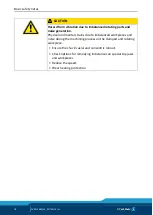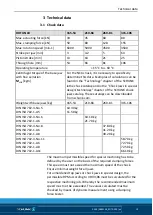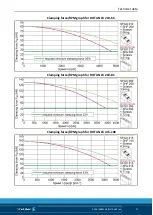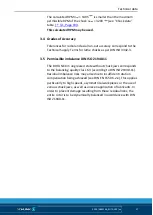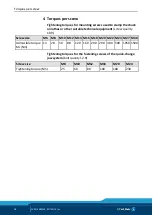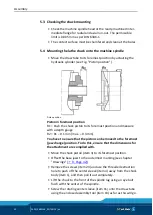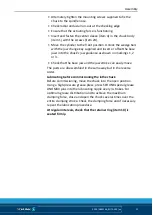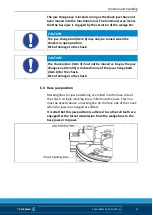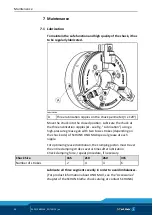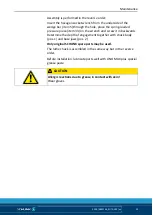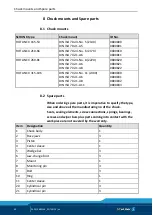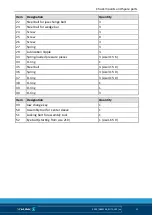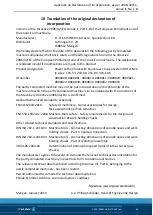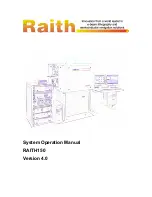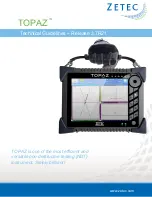
Assembly
03.00|0889148_ROTA NCX |en
29
Assembly
Installing and connecting
WARNING
Risk of injury due to unexpected movements!
If the power supply is switched on or residual energy remains in
the system, components can move unexpectedly and cause
serious injuries.
•
Before starting any work on the product: Switch off the power
supply and secure against restarting.
•
Ensure that no residual energy remains in the system.
CAUTION
Danger of injury due to sharp edges and rough or slippery
surfaces
•
Wear personal protective equipment, particularly protective
gloves.
1 Checking the chuck mount
2 Finish turning the center sleeve blank
4 Performing a functional check
Finish turning the center sleeve blank
Detach the retainer ring (item 10) and remove the center sleeve
blank (item 11), which is shipped with a only a single bore hole,
from the piston (item 3). Cut the appropriate draw tube thread
into the center sleeve blank (item 11). Then reinsert the center
sleeve (item 11) into the piston (item 3) and screw in the retainer
ring (item 10).
Maximum internal thread for center sleeve blanks:
Chuck size
ROTA NCX 165 ROTA NCX 210 ROTA NCX 260 ROTA NCX 315
Max. thread
M60 x 2
M75 x 2
M90 x 2
M115 x 2
5
5.1
5.2




